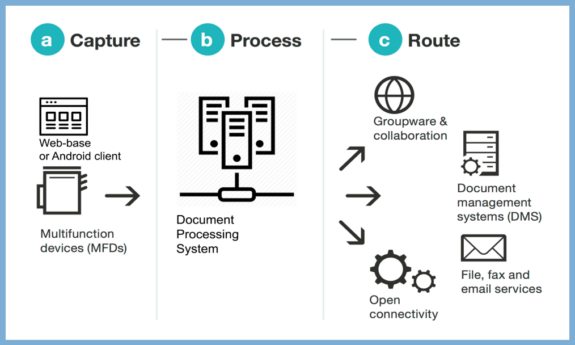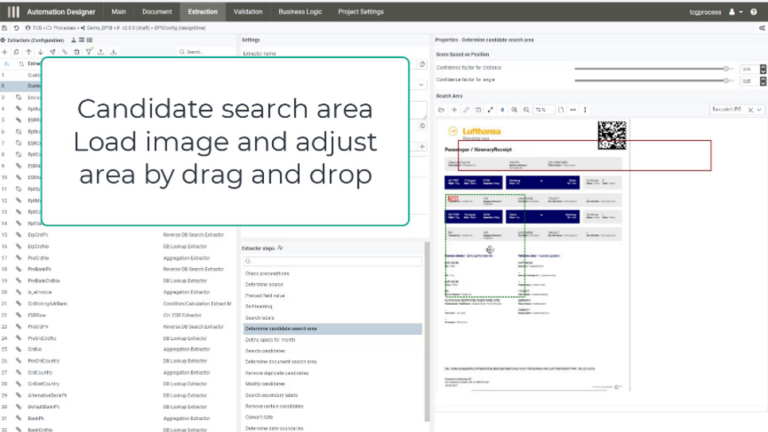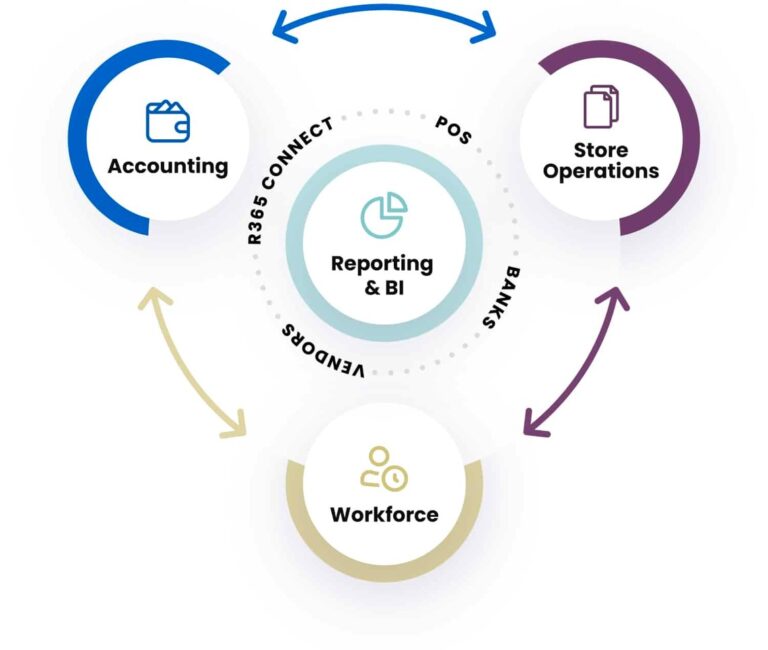Project

The project revolves around developing a workflow application specifically designed for document processing. This application can be accessed through either a web-based platform or an Android application, and it is intended to run on Multi-Functional Peripheral (MFP) devices, which include scanning, copying, faxing, and printing functionalities. Additionally, there is a mobile app component dedicated to document capture, allowing users to capture documents using their mobile devices.
Team
The project is supported by a team of 20 or more resources. These resources likely consist of developers, designers, testers, project managers, and other professionals involved in various aspects of the development process. The team has been actively working on the project since October 2014 until December 2020. During this period, multiple releases of the application have been made available to users.
Technology
The project utilizes a hybrid backend architecture, incorporating a combination of different technologies:

- .NET Framework and .NET Core: Both .NET Framework and .NET Core are backend frameworks developed by Microsoft. They are used to create robust and scalable applications, with .NET Core being particularly suitable for cross-platform development.
- Java Spring Boot: Spring Boot is a popular Java framework used for building enterprise-grade applications. It simplifies the development process and provides tools for creating stand-alone, production-ready applications.
The frontend
- Angular: Angular is a powerful frontend framework that enables the creation of dynamic, single-page applications with a modular and component-based architecture.
- JQuery: JQuery is a lightweight JavaScript library that simplifies DOM manipulation and event handling, making it easier to create interactive web elements.
- HTML5: HTML5 is the latest version of the Hypertext Markup Language, providing enhanced support for multimedia, animations, and responsive design.
For the mobile app component, the project adopts a hybrid approach
IONIC: IONIC is a popular framework for building hybrid mobile applications. It allows developers to create cross-platform mobile apps using web technologies like HTML, CSS, and JavaScript.
Regarding data storage, the project employs two different database management systems
- MSSQL: MSSQL stands for Microsoft SQL Server, a relational database management system developed by Microsoft, known for its robustness and performance.
- MySQL: MySQL is an open-source relational database management system that is widely used for web applications due to its scalability and ease of use.





